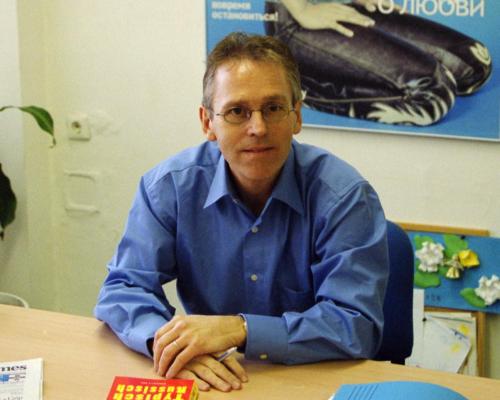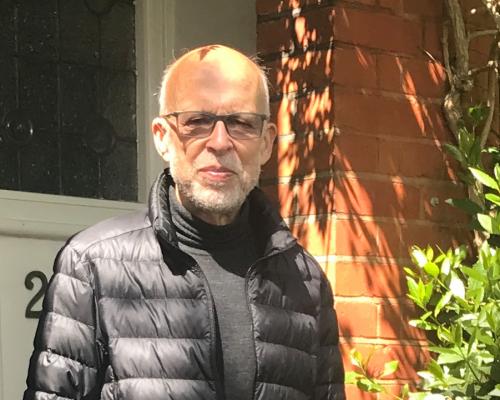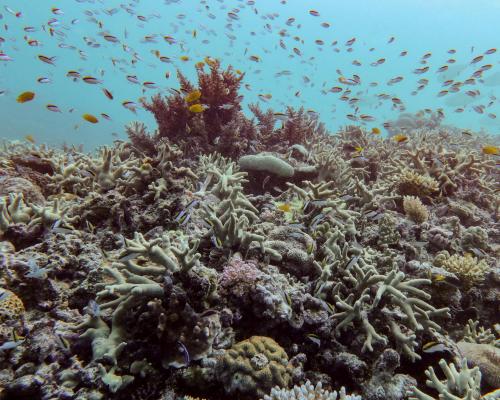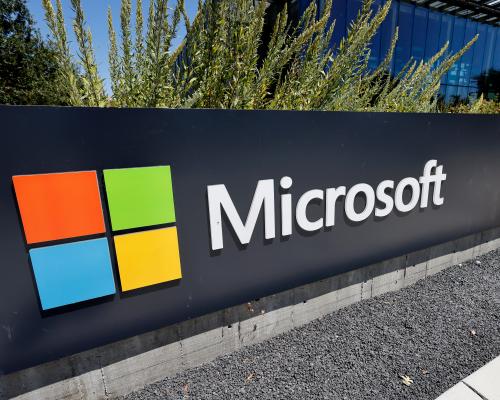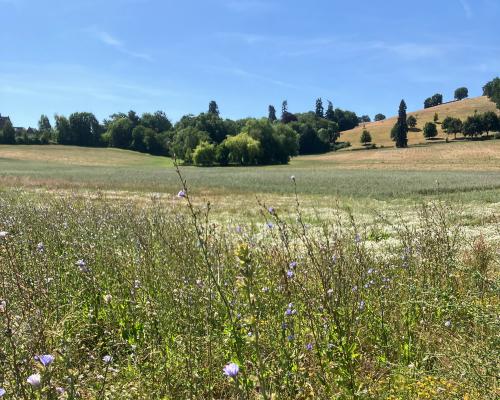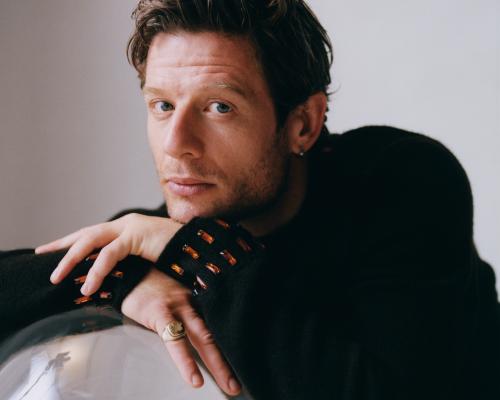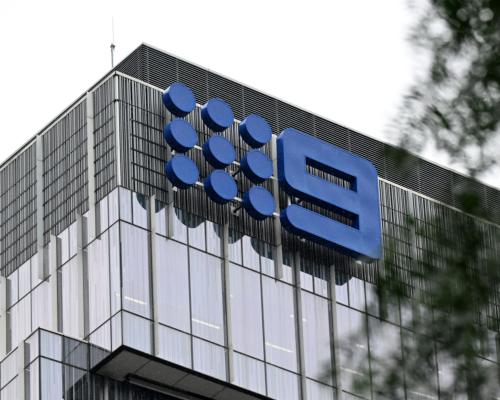
Nine Entertainment is entering a new chapter without its online real estate platform Domain, an asset once seen as crucial to the survival of a traditional media business battered by the digital age.
But it will have an anticipated $150m pile of cash from the sale of the portal to US property conglomerate CoStar after it pays shareholders a special dividend, raising expectations it will hunt for acquisitions.
What will Australia’s biggest media company do next?
Still the one?
Nine, which merged with Fairfax Media in 2018, boasts a broad set of assets stretching across its flagship television network, radio stations 2GB, 3AW, 4BC and 6PR, streaming service Stan and mastheads the Sydney Morning Herald, the Age and the Australian Financial Review.
Its pre-eminent challenge, according to Omkar Joshi, the chief investment officer at Sydney-headquartered Opal Capital Management, is addressing the profitability of its television network, given it is Nine’s biggest revenue earner.
“The problem with that is the free-to-air TV market has been under pressure for a number of years, and that is in a structural decline,” Joshi says.
“We’ve already seen a fair bit of that decline come through, but structural decline stories do take time.”
The trouble with sectors in structural decline is that signs of a turnaround often prove fleeting. Nine’s broadcast advertising revenue picked up earlier this year, but soon fell away. The temporary bump was driven by election spending, according to analysts at E&P.
Nine earned $604m in advertising revenue from its broadcast business unit in the last six months of 2024, a division that takes in television, including 9Now, and radio.
That was up slightly from 2023, but below the advertising dollars generated during the same period in 2021 and 2022.
Younger viewers, in particular, are viewing content on online platforms, and television networks haven’t captured them in sufficient numbers on their own free-to-air digital services.
Sign up: AU Breaking News email
Joshi says Nine may look to buy an “out-of-home” advertising company, given the growth in demand for digital billboards commonly seen on buildings and bus shelters.
“Outdoor media could be something that they take seriously and look to buy in that space with oOh!media one of the potential names of interest,” Joshi says.
“That wouldn’t be a bad counterbalance to some of the issues you’re seeing in free-to-air TV because outdoor media advertising is definitely growing.
“One of the challenges they face is they don’t want to end up like Seven West, where they’ve only got, effectively, TV and publishing assets. The market just doesn’t want that.”
Talkback radio
Nine’s suite of AM stations is another asset facing headwinds, given it is a medium largely consumed by older generations. It is also being challenged by podcasts and streaming services.
One fund manager invested in media assets, who asked not to be identified, says he hopes Nine doesn’t buy more radio stations.
“Media acquisitions don’t have a particularly good track record; you tend to find that they always overpay and nothing they expect ever materialises.
“Our view is that consolidation can work, particularly in businesses that are in decline.
“But the problem is that for them to work, the cost cutting has to be pretty savage, and most organisations are just not good at doing that.”
The fund manager says Nine is more likely to be a seller of its radio network than a buyer of other stations.
While Nine’s broadcast assets have been under pressure, its streaming platform Stan methodically increases revenue year after year.
Stan’s recent purchase of broadcast rights to the Premier League, the most watched football competition in the world, shows how invested Nine is in growing the platform, which is seen as critical to the company’s future.
However, generating healthy profits from paid streaming services is not without its challenges, given platforms must continually invest heavily in new content, and promote their platforms to consumers, to attract and keep fickle subscribers.
Digital rags
After surviving some bleak years for the newspaper industry, Nine’s mastheads found a way forward with their subscription model.
Shortly before the pandemic, advertising revenue for Nine’s stable of newspapers was by far the division’s biggest source of revenue, while it still enjoyed a reasonable level of income from circulation fees.
While those two income sources have broadly fallen, subscription revenue has helped replace them. In the last six-month reporting period, subscription income overtook advertising as the division’s primary revenue source.
The print and digital titles are starting to be looked at by the investment community as the most valuable part of Nine, a view that would have been risible just a few years ago.
Analysts at Jarden expect Nine will have $150m in net cash left over from selling its majority stake in Domain, after paying out a special dividend with some of the proceeds.
Domain shareholders approved the sale on 4 August, paving the way for the transaction to be finalised by the end of the month.
While Domain persistently underperformed rival REA Group, operator of realestate.com.au, it still represented a significant part of Nine, and tapped into Australia’s robust property market.
Nine indicated in a May update that after the sale it would be open to “disciplined strategic investment opportunities, both organic and inorganic”.
Morningstar’s director of equity research, Brian Han, says Nine should consider not buying anything.
“It makes me nervous when companies say things like, ‘we’re going to pursue disciplined, strategic investment opportunities’. That is consultant speak for, ‘I want to buy something’,” Han says.
“I’m just scared that they’ll justify it on some spurious cross-media synergy strategy.”
He says Nine should build on its sports and content library for Stan, while also focusing on digitising the metropolitan mastheads.
“If they keep on doing that, and the numbers start coming through in terms of growth … later on you can come back to the market and ask shareholders for money to buy something.”
• Jonathan Barrett is Guardian Australia’s business editor

